Home>Furniture & Design>Interior Design Trends>What Is Reeded Glass
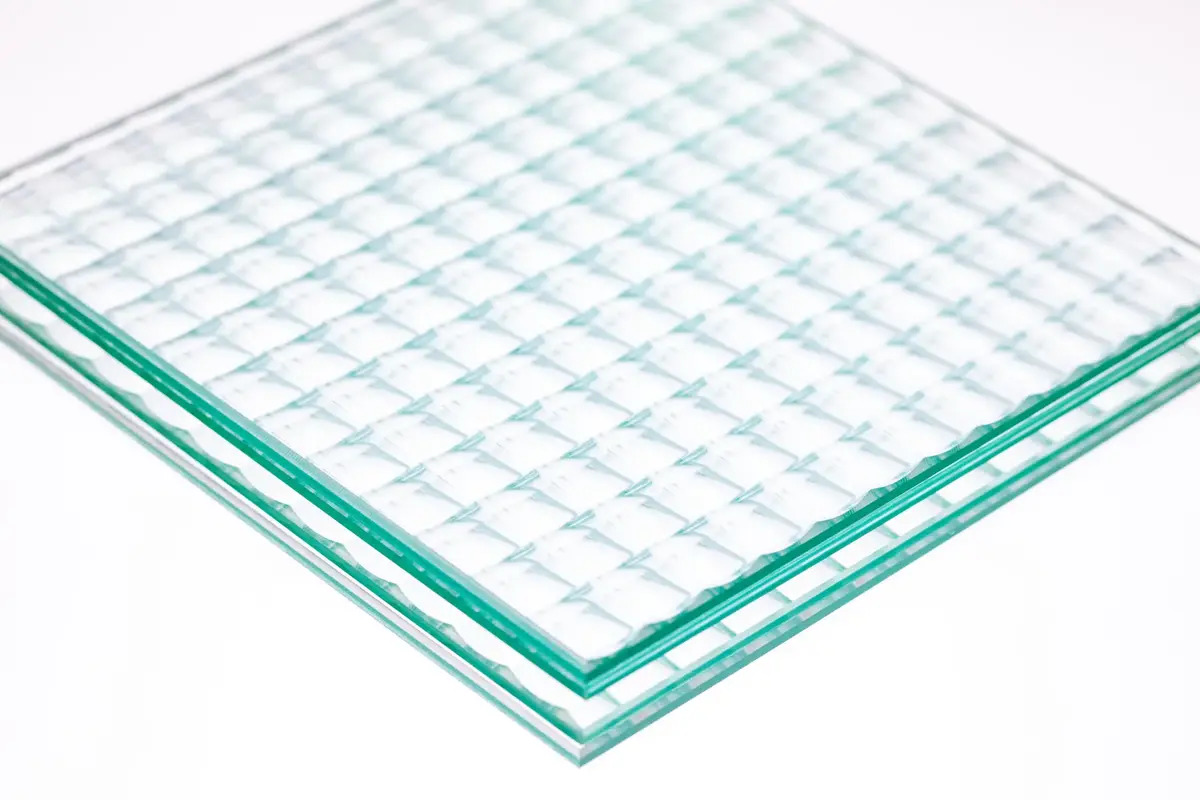

Interior Design Trends
What Is Reeded Glass
Modified: April 22, 2024
Discover the latest interior design trend with reeded glass. Learn how to incorporate this stylish and versatile material into your home decor. Explore the possibilities today!
(Many of the links in this article redirect to a specific reviewed product. Your purchase of these products through affiliate links helps to generate commission for Storables.com, at no extra cost. Learn more)
Introduction
Reeded glass, with its distinctive textured appearance, has become a popular choice in contemporary interior design. This unique glass style, characterized by its linear patterns, offers a blend of functionality and aesthetic appeal, making it a versatile option for various applications. Whether used in residential or commercial settings, reeded glass adds a touch of sophistication and visual interest to spaces, creating an ambiance that is both modern and timeless.
The allure of reeded glass lies in its ability to strike a balance between privacy and light diffusion. The linear ridges running across the surface of the glass not only create a captivating visual effect but also serve a practical purpose. By gently obscuring the view while allowing light to pass through, reeded glass offers a subtle yet effective solution for enhancing privacy without compromising on illumination.
In the following sections, we will delve deeper into the definition of reeded glass, explore its historical significance, uncover the manufacturing process behind this unique material, and examine its diverse applications. Additionally, we will weigh the advantages and disadvantages of using reeded glass in interior design, providing valuable insights for those considering this distinctive material for their projects. Furthermore, we will discuss maintenance and cleaning tips to ensure that reeded glass retains its allure and functionality over time.
As we embark on this exploration of reeded glass, we will gain a comprehensive understanding of its characteristics, applications, and maintenance requirements. By the end of this journey, readers will be equipped with the knowledge needed to appreciate the beauty and practicality of reeded glass, as well as the considerations involved in incorporating it into interior design schemes.
Key Takeaways:
- Reeded glass offers a balance of privacy and light diffusion, making it a versatile choice for doors, windows, and decorative panels. Its unique texture adds sophistication and visual intrigue to interior spaces.
- While reeded glass infuses spaces with elegance and modernity, it requires careful maintenance due to its ridged texture. Regular dusting, gentle cleaning, and professional inspection are essential for preserving its timeless appeal.
Read more: What Oil To Use For Reed Diffuser
Definition of Reeded Glass
Reeded glass, also known as fluted glass or ribbed glass, is a type of textured glass that features distinctive linear patterns running across its surface. These patterns, resembling parallel ridges or grooves, are created during the glass manufacturing process, resulting in a visually captivating and tactile effect. The term "reeded" is derived from the resemblance of the glass texture to that of parallel lines found on a piece of reed or bamboo.
This unique glass style offers a balance of translucency and privacy, making it a popular choice for interior design applications. The linear ridges of reeded glass gently obscure the view through the glass while allowing light to pass through, creating a soft diffusion effect. This characteristic makes reeded glass an ideal solution for spaces where privacy is desired without sacrificing natural light.
The texture of reeded glass can vary, with some designs featuring closely spaced, fine ridges, while others may have wider, more pronounced grooves. This variability in texture allows for flexibility in design, catering to diverse aesthetic preferences and functional requirements.
In interior design, reeded glass is often used for doors, partitions, windows, and cabinet doors, adding a touch of visual interest and sophistication to various spaces. Its ability to create a sense of separation without completely blocking off areas makes it a versatile choice for both residential and commercial settings.
The distinctive appearance of reeded glass lends itself well to contemporary and modern interior styles, where it can serve as a focal point or an understated yet impactful design element. Its ability to introduce texture and visual depth to a space makes it a valuable addition to interior design schemes, contributing to an ambiance that is both elegant and inviting.
Overall, reeded glass is characterized by its unique texture, which offers a delicate balance of privacy and light diffusion. Its versatility, aesthetic appeal, and functional properties make it a compelling choice for enhancing interior spaces, adding a touch of sophistication and visual intrigue to architectural designs.
History of Reeded Glass
The history of reeded glass dates back to the early 19th century when it emerged as a distinctive and innovative glass style. Initially, reeded glass was crafted using traditional methods, where skilled artisans manually created the linear patterns on the glass surface. This meticulous process involved pressing molten glass between parallel rollers to achieve the desired ribbed texture, resulting in a visually striking and tactile material.
During the Art Deco period of the 1920s and 1930s, reeded glass experienced a surge in popularity, becoming a hallmark of architectural and interior design during that era. Its unique texture and ability to diffuse light while offering a degree of privacy made it a favored choice for both decorative and functional applications. Reeded glass adorned the interiors of iconic buildings, adding a touch of elegance and sophistication to spaces while maintaining a sense of openness and illumination.
As industrial advancements revolutionized glass manufacturing, the production of reeded glass evolved to incorporate modern techniques, enhancing efficiency and consistency in texture. This evolution allowed reeded glass to remain relevant and adaptable to changing design trends, ensuring its continued presence in contemporary architectural and interior design.
In recent years, reeded glass has experienced a resurgence in popularity, fueled by a renewed appreciation for its timeless appeal and versatile functionality. Designers and architects have embraced reeded glass as a means to introduce texture, visual interest, and a sense of refinement to interior spaces, transcending its traditional applications to encompass modern and innovative design concepts.
Today, reeded glass continues to captivate the imagination of design enthusiasts and homeowners, offering a compelling blend of historical charm and contemporary relevance. Its rich legacy, spanning centuries of design evolution, underscores its enduring allure and enduring relevance in the realm of interior design and architectural expression.
The historical journey of reeded glass reflects its evolution from a traditional artisanal craft to a timeless design element that continues to inspire and elevate interior environments. As we appreciate the historical significance of reeded glass, we gain a deeper understanding of its enduring appeal and its ability to transcend temporal boundaries, leaving an indelible mark on the landscape of interior design.
Manufacturing Process
The manufacturing process of reeded glass involves a series of intricate steps that culminate in the creation of its distinctive linear patterns and textured surface. This process combines traditional glassmaking techniques with modern innovations to achieve the desired aesthetic and functional properties of reeded glass.
To begin, the production of reeded glass typically starts with the selection of high-quality raw materials, including silica sand, soda ash, and limestone. These ingredients are carefully measured and mixed before being heated to high temperatures in a furnace, resulting in molten glass. The molten glass is then carefully shaped and manipulated to form a flat sheet, which serves as the foundation for the reeded texture.
The next crucial stage involves the introduction of the reeding pattern onto the glass surface. This is achieved through the use of specialized rollers or molds that impress the linear ridges onto the molten glass as it passes through them. The spacing and depth of the ridges can be adjusted to create different variations of reeded glass, offering flexibility in texture and visual impact.
Once the reeding process is complete, the glass sheet undergoes a controlled cooling process to ensure its structural integrity and stability. This gradual cooling allows the glass to solidify while retaining the intricate reeded patterns, resulting in a durable and visually captivating material.
In some cases, additional finishing processes may be employed to enhance the clarity and smoothness of the glass surface, further refining its tactile and visual qualities. These processes may include polishing, grinding, or coating applications, depending on the specific requirements of the reeded glass product.
The manufacturing process of reeded glass exemplifies the fusion of craftsmanship and technological precision, yielding a material that embodies both artistry and functionality. The careful orchestration of raw materials, shaping techniques, and finishing touches culminates in the creation of reeded glass, a versatile and visually compelling element that enriches interior spaces with its unique texture and light-diffusing properties.
This meticulous manufacturing process ensures that each piece of reeded glass exhibits the desired characteristics, making it a sought-after material for architectural and interior design applications. From its origins in traditional glassmaking to its adaptation to contemporary production methods, the manufacturing process of reeded glass reflects a legacy of craftsmanship and innovation, resulting in a material that continues to inspire and elevate interior environments.
Applications of Reeded Glass
Reeded glass finds diverse and compelling applications in interior design and architectural contexts, offering a unique blend of functionality and aesthetic appeal. Its distinctive texture and light-diffusing properties make it a versatile choice for a wide range of design elements, adding visual interest and sophistication to various spaces.
Read more: How To Make A Reed Diffuser Oil
Doors and Partitions
One of the primary applications of reeded glass is in doors and partitions. Whether used in residential homes, commercial offices, or hospitality settings, reeded glass doors and partitions offer a balance of privacy and openness. The linear ridges of the glass create an intriguing visual effect while gently obscuring the view, making it an ideal choice for spaces where a degree of separation is desired without completely blocking off areas. In addition to its practical function, reeded glass doors and partitions contribute to the overall ambiance of a space, adding a touch of elegance and modernity.
Windows and Skylights
Reeded glass is also utilized in windows and skylights to introduce texture and visual depth while allowing natural light to permeate the interior. The textured surface of reeded glass softens the incoming light, creating a gentle diffusion effect that enhances the atmosphere of a room. Whether incorporated into residential windows or commercial skylights, reeded glass adds a layer of sophistication and visual intrigue to architectural designs, transforming the way light interacts with interior spaces.
Cabinet Doors and Shelving
In interior design, reeded glass is often employed in cabinet doors and shelving to infuse these functional elements with a touch of style and refinement. The textured surface of reeded glass adds a tactile dimension to cabinets and shelves, elevating their visual appeal while providing a subtle glimpse of the contents within. This application is particularly popular in kitchens, bathrooms, and living spaces, where reeded glass imparts a sense of sophistication and modernity to storage and display areas.
Decorative Panels and Feature Walls
Designers and architects frequently incorporate reeded glass into decorative panels and feature walls to create focal points within interior spaces. Whether used in residential lobbies, hotel interiors, or retail environments, reeded glass panels add a layer of visual intrigue and sophistication. The interplay of light and shadow on the textured surface of reeded glass contributes to a dynamic and captivating aesthetic, making it a compelling choice for enhancing the visual impact of architectural elements.
Furniture and Lighting Fixtures
Reeded glass is also utilized in furniture design and lighting fixtures, where its unique texture and light-diffusing properties add a touch of elegance and modernity. From coffee tables and cabinets to pendant lights and sconces, reeded glass infuses furniture and lighting elements with a sense of refinement and visual interest. The interplay of light and texture on reeded glass surfaces creates a captivating ambiance, making it a sought-after material for contemporary and transitional interior styles.
In summary, the applications of reeded glass encompass a wide spectrum of interior design elements, ranging from doors and partitions to decorative panels and furniture. Its ability to introduce texture, privacy, and visual intrigue makes it a compelling choice for enhancing the ambiance and sophistication of interior spaces, transcending traditional boundaries to encompass modern and innovative design concepts.
Advantages and Disadvantages
Reeded glass presents a range of advantages and disadvantages that are essential considerations for those contemplating its use in interior design and architectural applications.
Advantages
-
Privacy with Light Diffusion: One of the primary advantages of reeded glass is its ability to offer privacy without sacrificing natural light. The linear ridges on the glass surface gently obscure the view, making it an ideal choice for spaces where a degree of seclusion is desired while maintaining a sense of openness and illumination.
-
Visual Interest and Texture: Reeded glass introduces a tactile dimension to interior spaces, adding visual interest and depth. The textured surface creates a captivating play of light and shadow, contributing to a dynamic and sophisticated ambiance.
-
Versatility in Design: The varied texture and appearance of reeded glass make it a versatile design element. It can be incorporated into doors, windows, partitions, decorative panels, and furniture, offering flexibility in design while maintaining a cohesive aesthetic.
-
Modern Aesthetic Appeal: Reeded glass aligns with contemporary and modern interior styles, infusing spaces with a sense of refinement and sophistication. Its sleek and elegant appearance makes it a favored choice for designers seeking to create a contemporary ambiance.
-
Softened Light Diffusion: The textured surface of reeded glass softens incoming light, creating a gentle diffusion effect that enhances the overall atmosphere of a room. This property adds a layer of warmth and subtlety to interior spaces, contributing to a welcoming and comfortable environment.
Disadvantages
-
Maintenance Challenges: The ridged texture of reeded glass can pose challenges when it comes to cleaning and maintenance. Dust and debris may accumulate within the grooves, requiring thorough and meticulous cleaning to maintain the glass's pristine appearance.
-
Limited Transparency: While reeded glass offers privacy, its textured surface limits transparency, making it less suitable for applications where unobstructed views are desired. This characteristic should be carefully considered when selecting reeded glass for specific design requirements.
-
Cost Considerations: Depending on the manufacturing process and customization options, reeded glass may entail higher production costs compared to standard clear glass. Designers and homeowners should factor in the budgetary implications of incorporating reeded glass into their projects.
-
Design Compatibility: The distinctive texture of reeded glass may not align with every design aesthetic. Careful consideration is needed to ensure that reeded glass complements the overall design scheme and architectural context, as its visual impact can be significant.
-
Installation Complexity: Installing reeded glass, especially in large panels or specialized applications, may require additional expertise and precision. Proper installation is crucial to ensure the structural integrity and visual appeal of reeded glass elements within a space.
In weighing the advantages and disadvantages of reeded glass, it is essential to consider the specific requirements and objectives of a design project. By carefully evaluating these factors, designers and homeowners can make informed decisions regarding the incorporation of reeded glass, leveraging its unique properties to enhance interior environments while addressing potential challenges effectively.
Read more: How To Plant Feather Reed Grass
Maintenance and Cleaning Tips
Maintaining the pristine appearance and functionality of reeded glass involves specific care and cleaning practices tailored to its unique texture and light-diffusing properties. By adhering to these maintenance guidelines, the allure and longevity of reeded glass elements within interior spaces can be preserved effectively.
Regular Dusting and Cleaning
Due to the ridged texture of reeded glass, dust and debris may accumulate within the grooves over time. Regular dusting using a soft, lint-free cloth or a gentle duster is essential to prevent the buildup of particles. Care should be taken to reach into the grooves to ensure thorough cleaning, maintaining the glass's clarity and visual appeal.
Gentle Cleaning Solutions
When more thorough cleaning is required, a mild cleaning solution diluted in warm water can be used to gently clean the surface of reeded glass. It is important to avoid abrasive or harsh cleaning agents that may damage the glass or alter its texture. After applying the cleaning solution, the glass should be carefully rinsed with clean water and dried using a soft, non-abrasive cloth to prevent water spots.
Avoiding Excessive Pressure
When cleaning reeded glass, it is crucial to avoid applying excessive pressure or using abrasive materials that may scratch or damage the surface. Gentle, circular motions during cleaning help to effectively remove dirt and maintain the integrity of the glass texture. Additionally, using a gentle touch minimizes the risk of causing damage to the glass during the cleaning process.
Read more: How To Dispose Of Reed Diffuser Oil
Maintenance of Hardware and Surroundings
In the case of reeded glass doors, windows, or partitions, attention should also be given to the maintenance of associated hardware and surrounding surfaces. Keeping hinges, handles, and frames in good condition ensures smooth operation and longevity of the glass elements. Furthermore, maintaining cleanliness in the surrounding areas helps to prevent the accumulation of dust and debris that may affect the appearance of reeded glass.
Professional Maintenance and Inspection
Periodic professional maintenance and inspection of reeded glass elements can help identify any potential issues or areas requiring attention. Engaging the services of experienced professionals for thorough cleaning and maintenance ensures that the unique properties of reeded glass are preserved, contributing to the longevity and visual appeal of the glass within interior spaces.
By following these maintenance and cleaning tips, the distinctive texture and light-diffusing properties of reeded glass can be maintained effectively, ensuring that it continues to enhance interior environments with its timeless elegance and functionality.
Conclusion
In conclusion, reeded glass stands as a testament to the seamless fusion of artistry and functionality within the realm of interior design and architectural expression. Its unique texture, characterized by linear ridges and light-diffusing properties, offers a delicate balance of privacy and illumination, making it a versatile and compelling choice for a wide array of design elements. From doors and partitions to windows, decorative panels, and furniture, reeded glass infuses interior spaces with a sense of refinement, sophistication, and visual intrigue.
The historical journey of reeded glass, spanning centuries of design evolution, underscores its enduring allure and relevance in contemporary interior design. From its origins as a traditional artisanal craft to its adaptation to modern production methods, reeded glass has maintained its position as a timeless design element that continues to inspire and elevate interior environments.
The advantages of reeded glass, including privacy with light diffusion, visual interest and texture, versatility in design, modern aesthetic appeal, and softened light diffusion, position it as a material that transcends traditional boundaries, catering to diverse design preferences and functional requirements. However, it is essential to consider the associated maintenance challenges, limited transparency, cost considerations, design compatibility, and installation complexity when contemplating the incorporation of reeded glass into design projects.
By adhering to specific maintenance and cleaning tips tailored to its unique texture, the allure and longevity of reeded glass elements within interior spaces can be preserved effectively. Regular dusting and cleaning, the use of gentle cleaning solutions, avoiding excessive pressure, and periodic professional maintenance and inspection are essential practices for ensuring the pristine appearance and functionality of reeded glass.
In essence, reeded glass embodies a harmonious blend of historical charm and contemporary relevance, offering a compelling solution for enhancing interior spaces with its timeless elegance and practical functionality. As designers, architects, and homeowners continue to explore innovative design concepts and materials, reeded glass remains a steadfast and captivating choice, leaving an indelible mark on the landscape of interior design. Its ability to introduce texture, privacy, and visual intrigue makes it a compelling choice for enhancing the ambiance and sophistication of interior spaces, transcending traditional boundaries to encompass modern and innovative design concepts.
Frequently Asked Questions about What Is Reeded Glass
Was this page helpful?
At Storables.com, we guarantee accurate and reliable information. Our content, validated by Expert Board Contributors, is crafted following stringent Editorial Policies. We're committed to providing you with well-researched, expert-backed insights for all your informational needs.
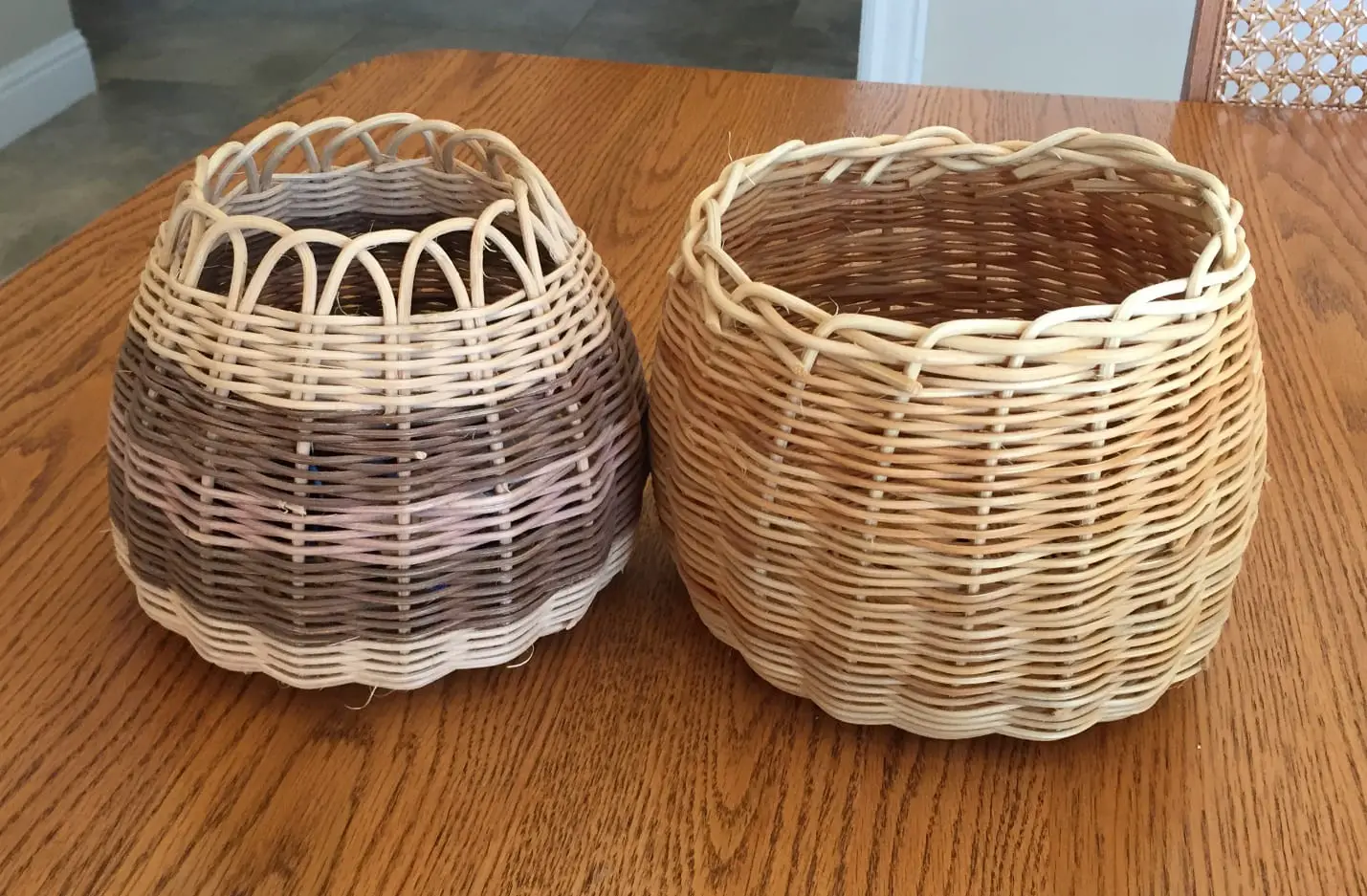
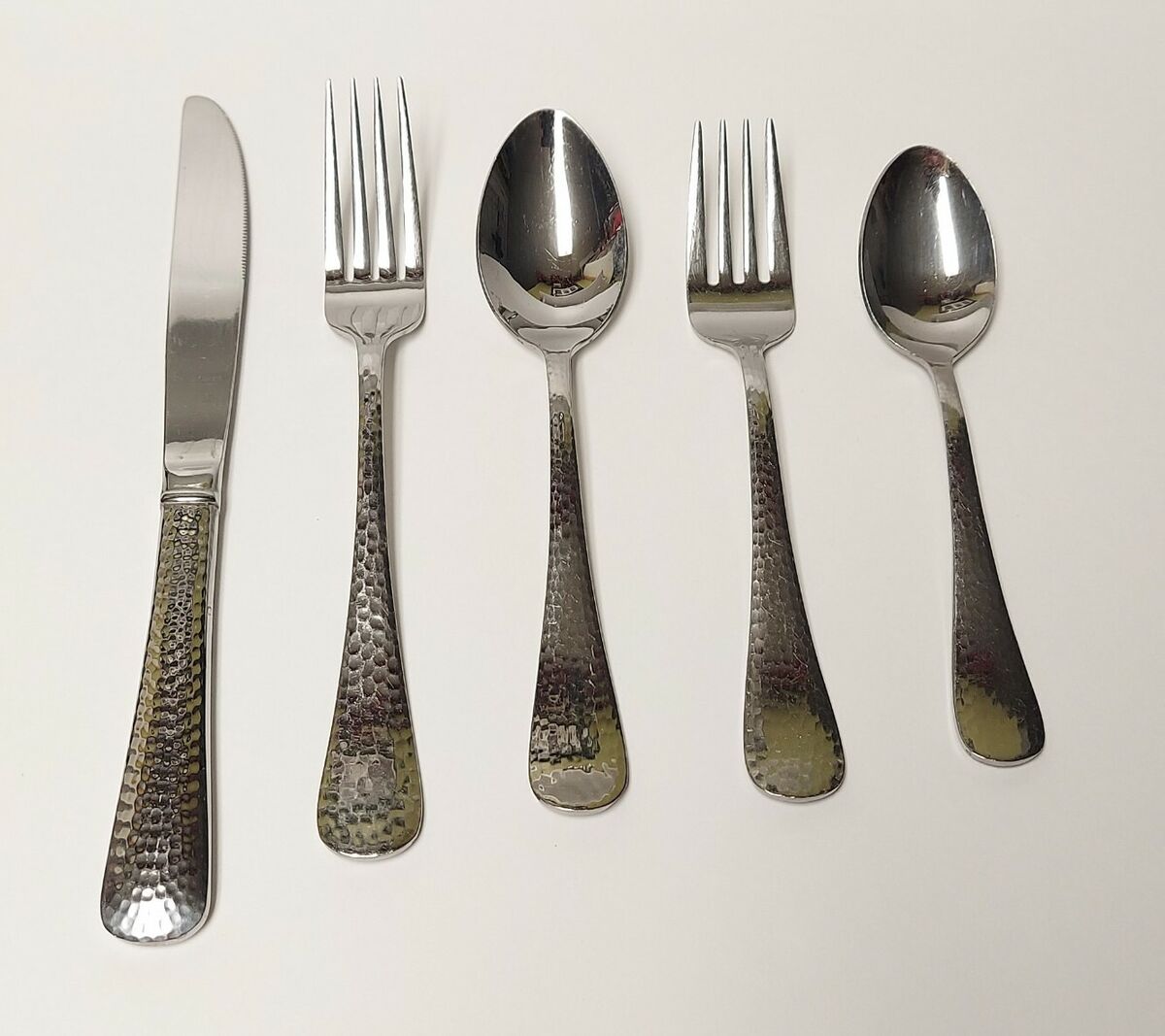
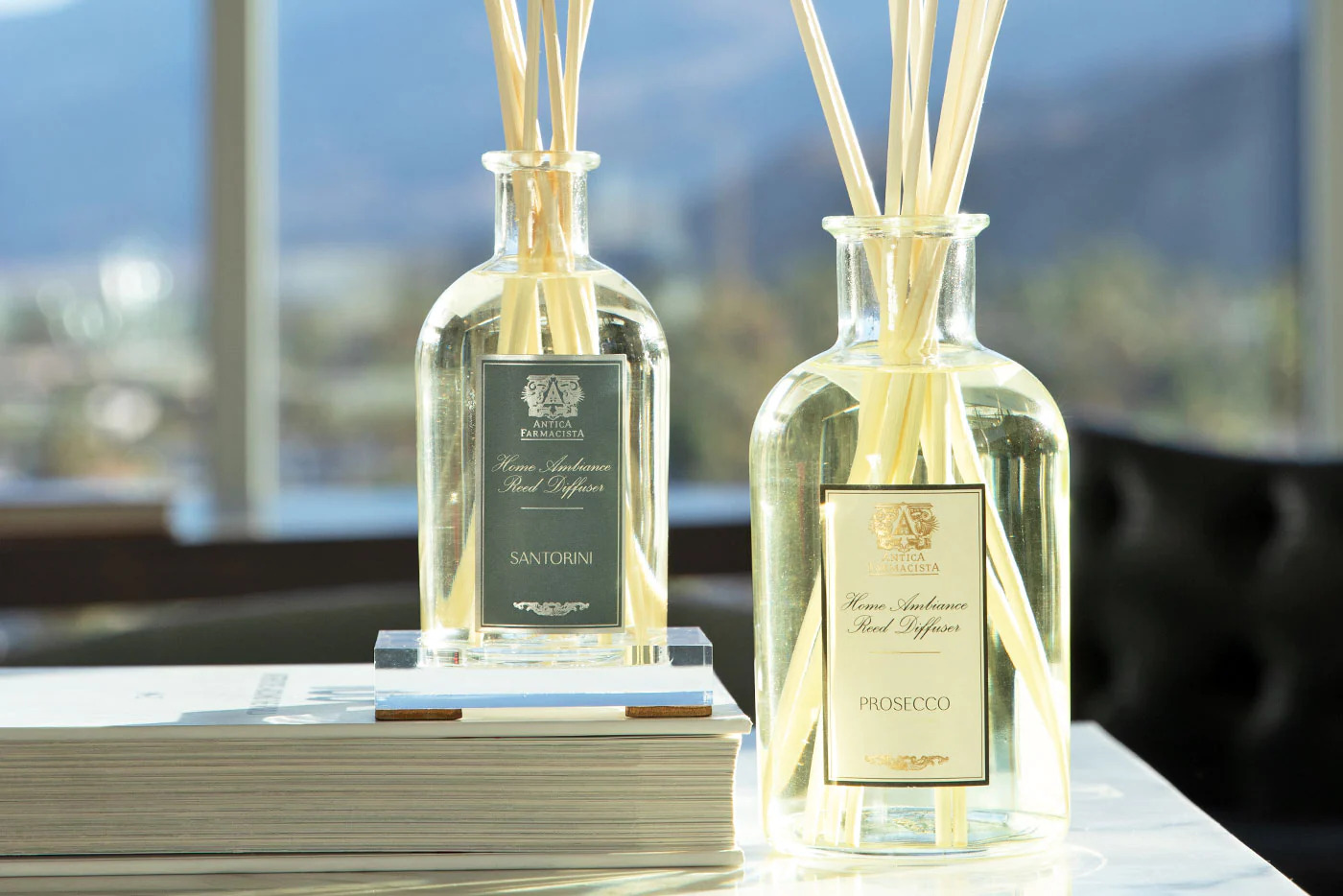
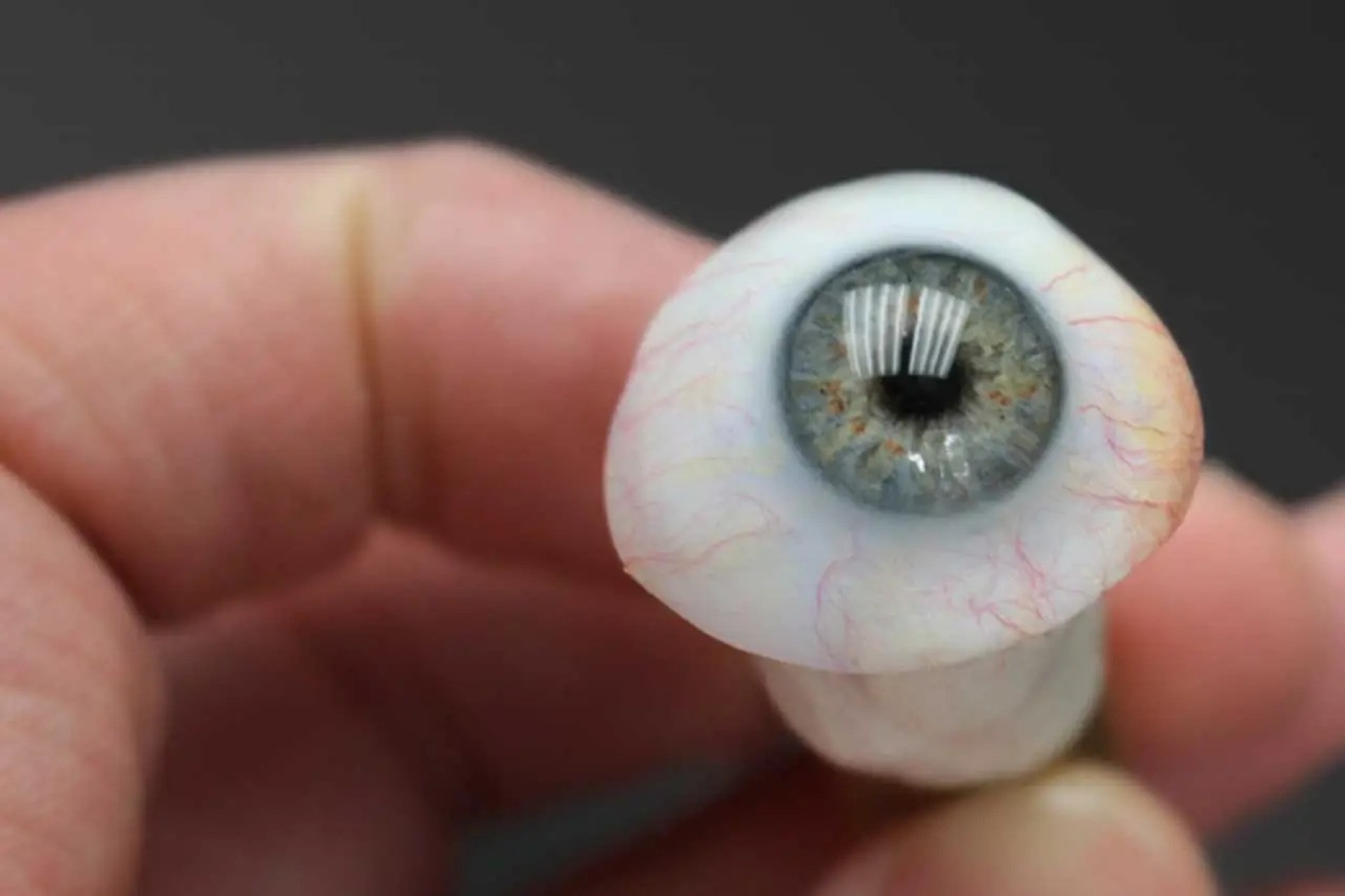
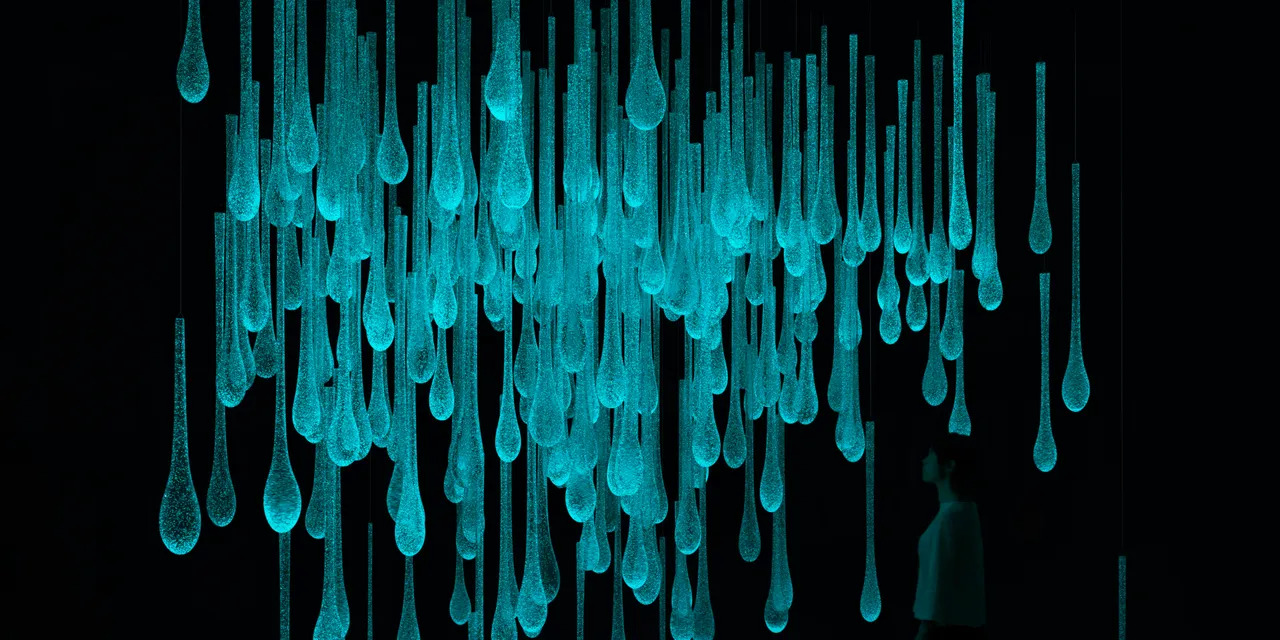
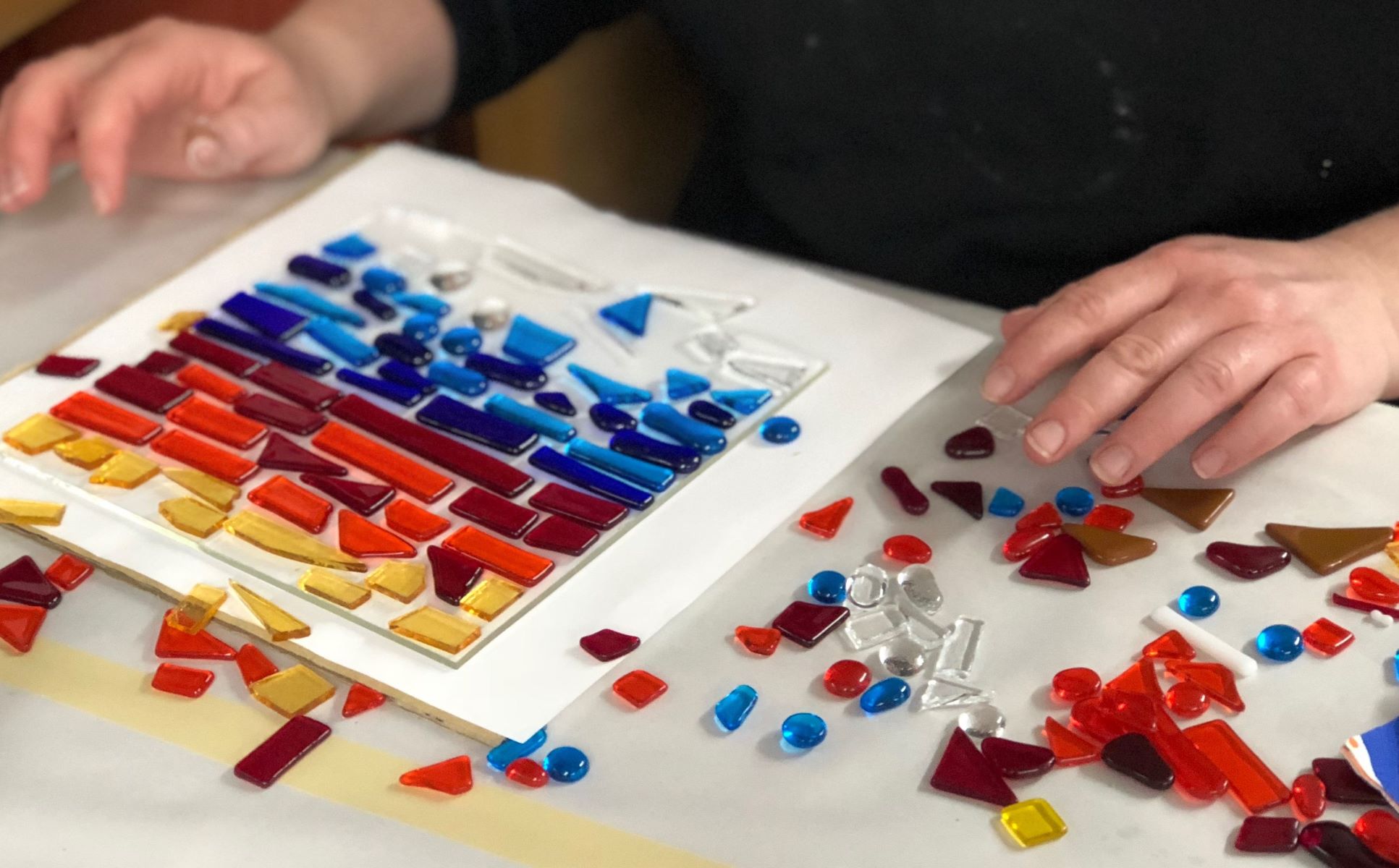

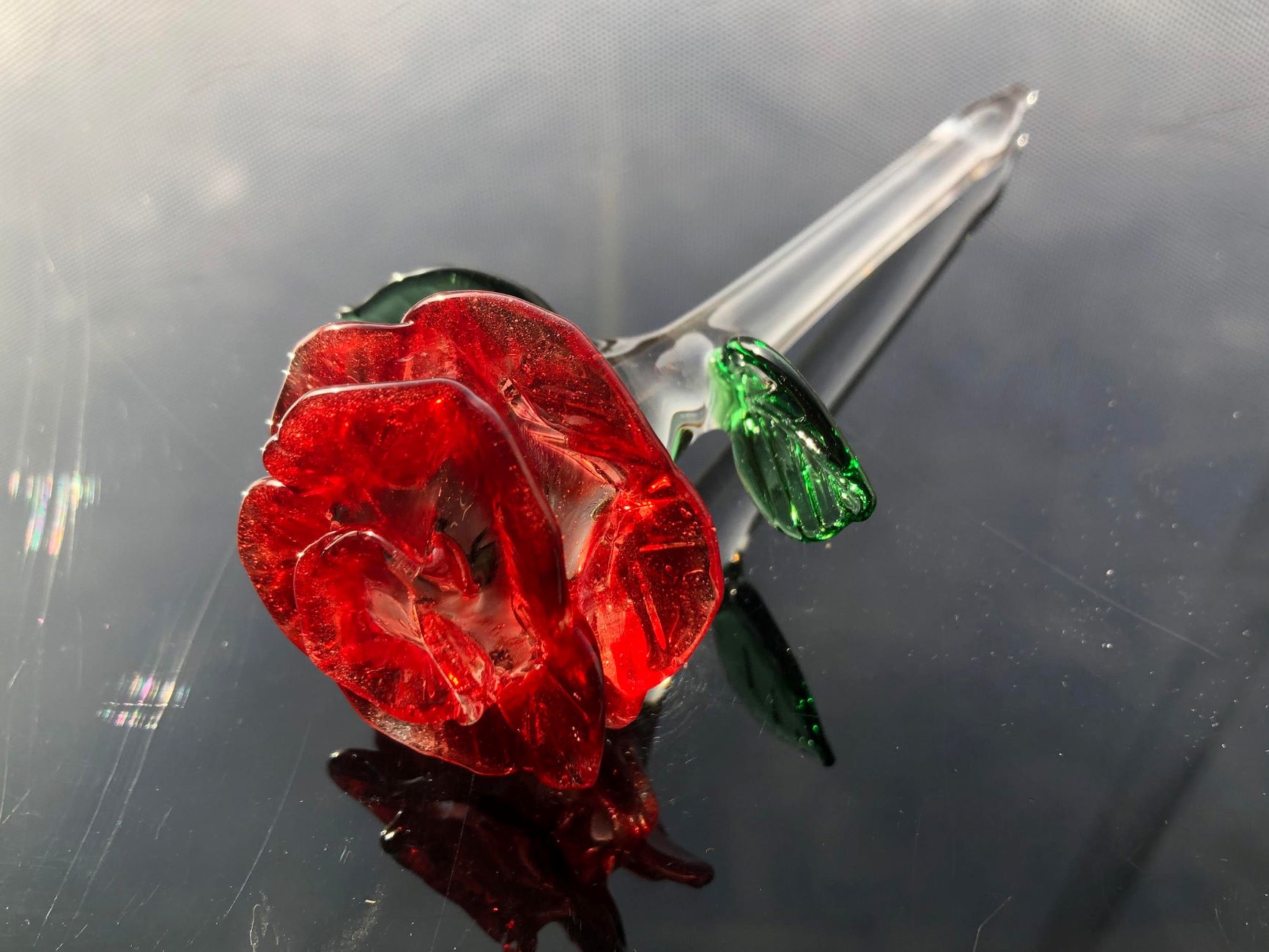
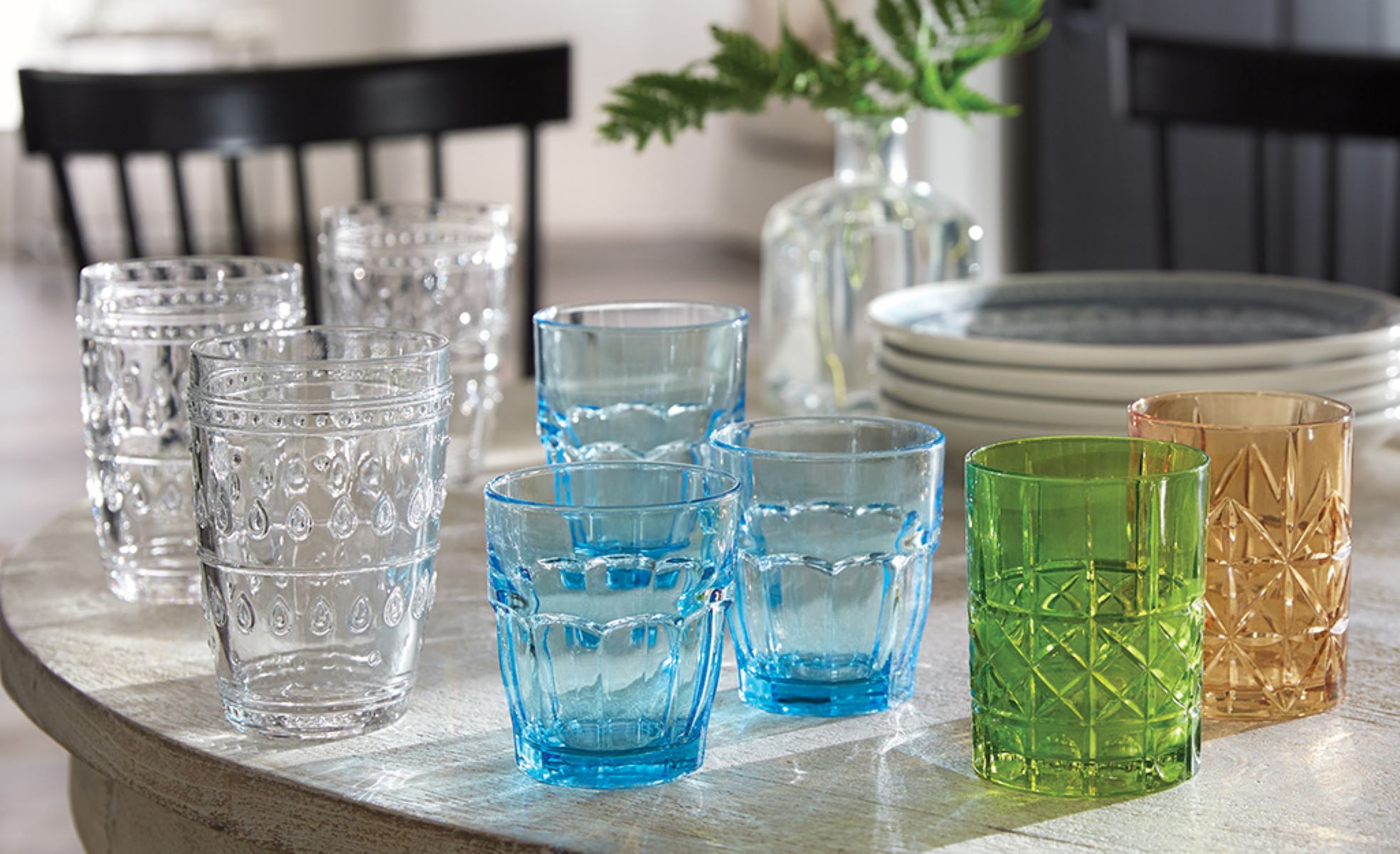
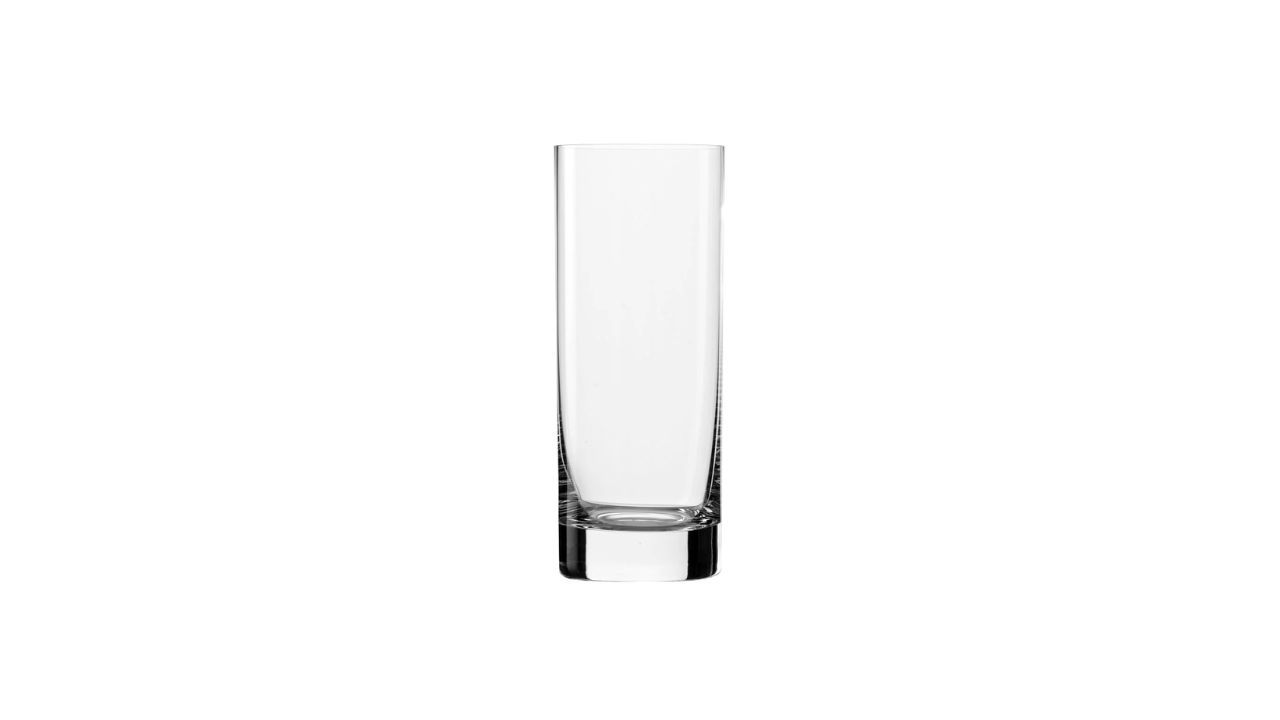
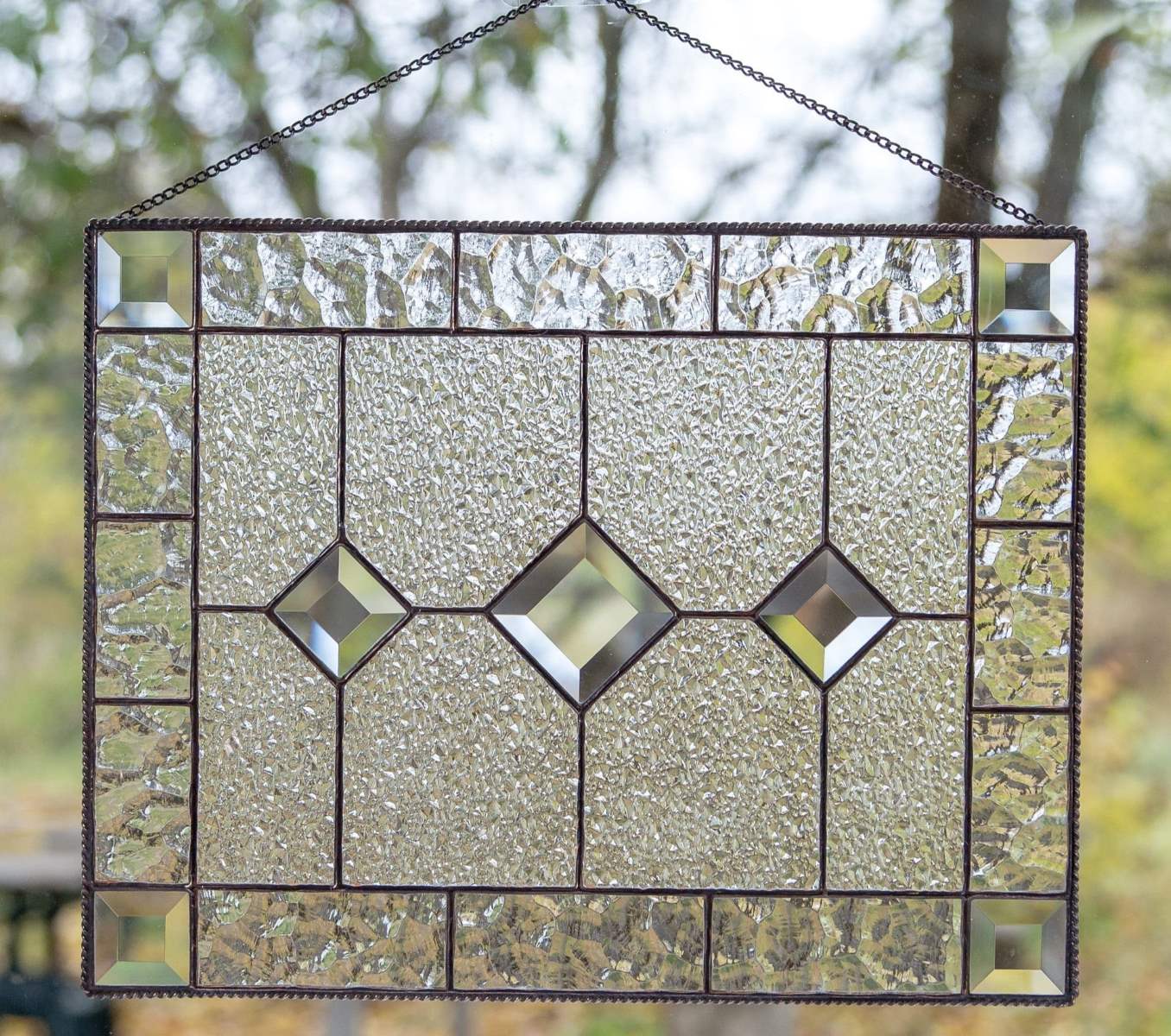

0 thoughts on “What Is Reeded Glass”